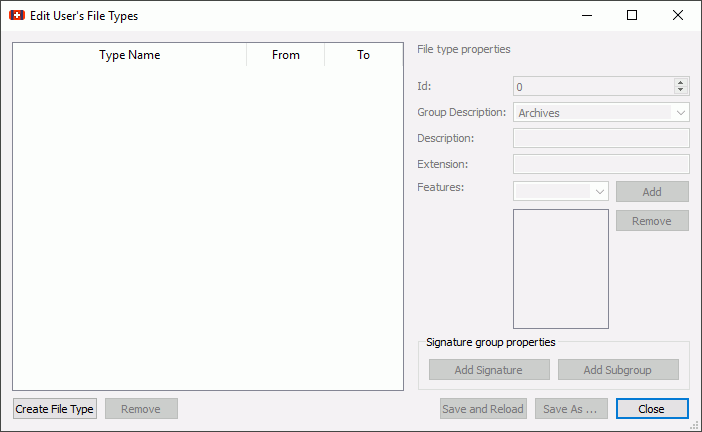
Use -execdir to perform the specified command in the directory where the match resides. The commands run with the -exec are executed in the find process’s root directory. ) for files named rc.conf and runs the chmod o+r command to modify the find results’ file permissions. This filters every object in the current hierarchy (. If you need to search based on the file’s content, use a tool like The find command can only filter the directory hierarchy based on a file’s name and metadata. Use grep to Find a File in Linux Based on Content The second command filters exampleuser user’s home directory for files with names that end with the characters conf and modified in the previous three days. The first command returns a list of all files in the entire file system that end with the characters conf and modified in the last seven days. The find command contains the ability to filter a directory hierarchy based on when the file was last modified: find / -name "*conf" -mtime -7įind /home/exampleuser/ -name "*conf" -mtime -3 Return only results that do not match the test case.įind a File in Linux by Modification Time Search current directory as well as all sub-directories X levels deep. (Default) filter based on file name first.Īllow find to automatically re-order the search based on efficient use of resources and likelihood of success. Level -O3 optimization allows find to perform the most severe optimization and reorders all tests based on their relative expense and the likelihood of their success. Optimization at the -O2 level prioritizes file name filters, as in -O1, and then runs all file-type filtering before proceeding with other more resource-intensive conditions. The -O1 optimization is the default and forces find to filter based on filename before running all other tests. Three user-selectable optimization levels are specified as -O1, -O2, and -O3.


If you want find to follow and return symbolic links, you can add the -L option to the command, as shown in the example above.įind optimizes its filtering strategy to increase performance. The default configuration for find will ignore symbolic links (shortcut files). db files (ignoring text case) modified in the last 7 days by a user named exampleuser. jpg files in the /home and sub-directories.įind an empty file within the current directory.įind /home -user exampleuser -mtime -7 -iname ".db"įind all. find searches the entire directory tree beneath /var/Basic Examples Commandįind a file called testfile.txt in current and sub-directories.įind all. This command enables the maximum optimization level (-O3) and allows find to follow symbolic links ( -L). The expression attribute controls the tests that search the directory hierarchy to produce output.Ĭonsider the following example command: find -O3 -L /var/www/ -name "*.html".The starting/path attribute will define the top-level directory where find begins filtering.The options attribute will control the find process’s behavior and optimization method.Using Common find Commands and Syntax to Find a File in Linuxįind expressions take the following form: find options starting/path expression The following example searches for *.err files in the /home/username/ directory and all sub-directories: find /home/username/ -name "*.err" Use find from the command line to locate a specific file by name or extension. Find a File in Linux by Name or Extension By using the -exec flag ( find -exec), matches, which can be files, directories, symbolic links, system devices, etc., can be found and immediately You can use the find command to search for a file or directory on your file system.

The find command in Linux is used to find a file (or files) by recursively filtering objects in the file system based on a simple conditional mechanism.
#Find file types how to#
This article covers the basics of how to find a file in Linux using the CLI. This is especially true if you are running Linux without a graphical user interface and need to rely on the command line. When you have to find a file in Linux, it’s sometimes not as easy as finding a file in another operating system.


 0 kommentar(er)
0 kommentar(er)
